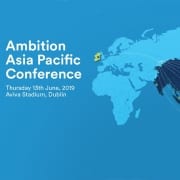Places are booking out fast for a major event bringing opportunities in Asia Pacific to Irish businesses.
Ambition Asia Pacific is a major Enterprise Ireland conference taking place in Dublin in June to provide Irish exporters with a roadmap to success in some of the region’s fastest-growing markets. The conference takes place on 13th June at the Aviva Stadium.
“The purpose of the event is to not only to raise awareness of the opportunities that exist in the APAC region, but to provide Irish companies with an understanding of how to do business there,” says Tom Cusack, Regional Director Asia Pacific at Enterprise Ireland.
Secure your place at Ambition Asia Pacific now.
Support for entering Asia Pacific
It’s one of a number of events Enterprise Ireland is hosting to support Irish businesses looking to trade there, including trade missions due to take place later this year in markets such as Japan, Korea, and China.
Enterprise Ireland is also opening two new offices, in Melbourne Australia and Ho Chi Minh City Vietnam. That brings to 10 the number of offices it has in the Asia Pacific region, a clear indication of the deepening of its support for Irish businesses looking to trade in the region.
“In the context of Brexit, expanding the Irish export footprint in markets beyond the UK is a key priority for Enterprise Ireland. The Ambition Asia Pacific event is about raising awareness in Irish companies – and the ambition – to pursue realisable opportunities throughout the Asia Pacific region,” says Cusack.
Traditionally, the biggest perceived barrier to Irish businesses in the region has been distance but ease of access has never been greater, he points out.
“Ireland now enjoys ease of connectivity to the region, with direct flights to destinations such as Hong Kong, Shenzhen and Beijing, meaning Irish companies can leave Dublin at lunch time and arrive in Asia in time for breakfast,” he says.
Big opportunities for Irish businesses
The scale of the opportunity for Irish businesses is unprecedented, too, and spans multiple sectors.
These include aviation. “Over the next 20 years, half of the world’s air traffic growth will be driven by travel to, from, or within, the Asia Pacific region. This rapid growth requires significant investment in infrastructure, products and services,” he says.
There are enormous opportunities for financial services and fintech too, thanks to a growing middle class, increased digitisation of financial products, and massive investor interest.
Within the past two years “fintech financing in Asia Pacific has eclipsed that of North America for the first time, and is now four times larger than the European market,” says Cusack.
“Weak legacy IT infrastructure in Asia Pacific countries incentivises quicker adoption of digital technologies, providing a great opportunity for Irish companies, not least in fintech and payments.”
The potential for education services is clear too, he says. What’s more, if the UK leaves the EU, Ireland will become the largest English-speaking education market in the EU at a time when demand for English third-level education across the APAC region is fast growing.
Construction and engineering services, healthcare products and services and agritech solutions are also in demand.
All these sectors, and more, stand to benefit from GDP growth rates across Asia, which average 6%, compared with growth rates of just 2% in Europe and the US. By 2030, Asia will account for two thirds of the world’s middle class, and Asian economies are predicted to be larger than the rest of the world combined in a matter of months.
Irish success in Asia Pacific
Very many Irish companies have already successfully capitalised on opportunities in the region. This means that, while opening up new markets in faraway places is always a challenge, first time exporters to the region will, in fact, be following a well established path.
“Most Irish companies’ first foray into the Asia Pacific region is via Australia, Singapore, and Hong Kong. These are familiar places in which to do business, with substantial and highly supportive diaspora networks,” he points out.
On top of that, is an array of Enterprise Ireland supports including business networking and introductions, market research and entry strategy advice, as well as financial support for market diversification.
Irish companies looking to enter the Asian market can also draw from the wealth of experience of those that have already done so. To date, more than 600 companies supported by Enterprise Ireland have exported to the region. In fact, exports by Irish companies to Asia Pacific now surpass €2 billion, having more than doubled since 2012.
Learn from the Irish experience in Asia Pacific
The upcoming Ambition Asia Pacific event is an opportunity to find out exactly how they did it, learn from their successes – and mistakes – and pick up invaluable tips.
In a packed programme of events, speakers include Denis Hickie, general manager ATA Group (Ireland & UK); Brian Mehigan, chief strategy officer Kerry Group, and Elaine Coughlan, managing partner and founder of Atlantic Bridge.
Niall Norton, CEO and board member of Openet Telecom; former chief digital and client experience officer at Citi Asia and EMEA Felimy Greene; and John Ferguson, director of country forecasting at the Economist Intelligence Unit will also make presentations.
The event features a number of dedicated breakout sessions, too, spanning financial services, aviation, digital technology, and international education.
It will also include an event on opportunities in China with a panel discussion featuring a number of Irish success stories in the region. This particular breakout session will include a large business delegation from the China Hi-Tech Fair trade show in Shenzhen, who are actively interested in meeting Irish companies with ambition for China.
Admittance is limited and booking out fast so to secure your place at Ambition Asia Pacific register now.

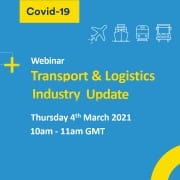
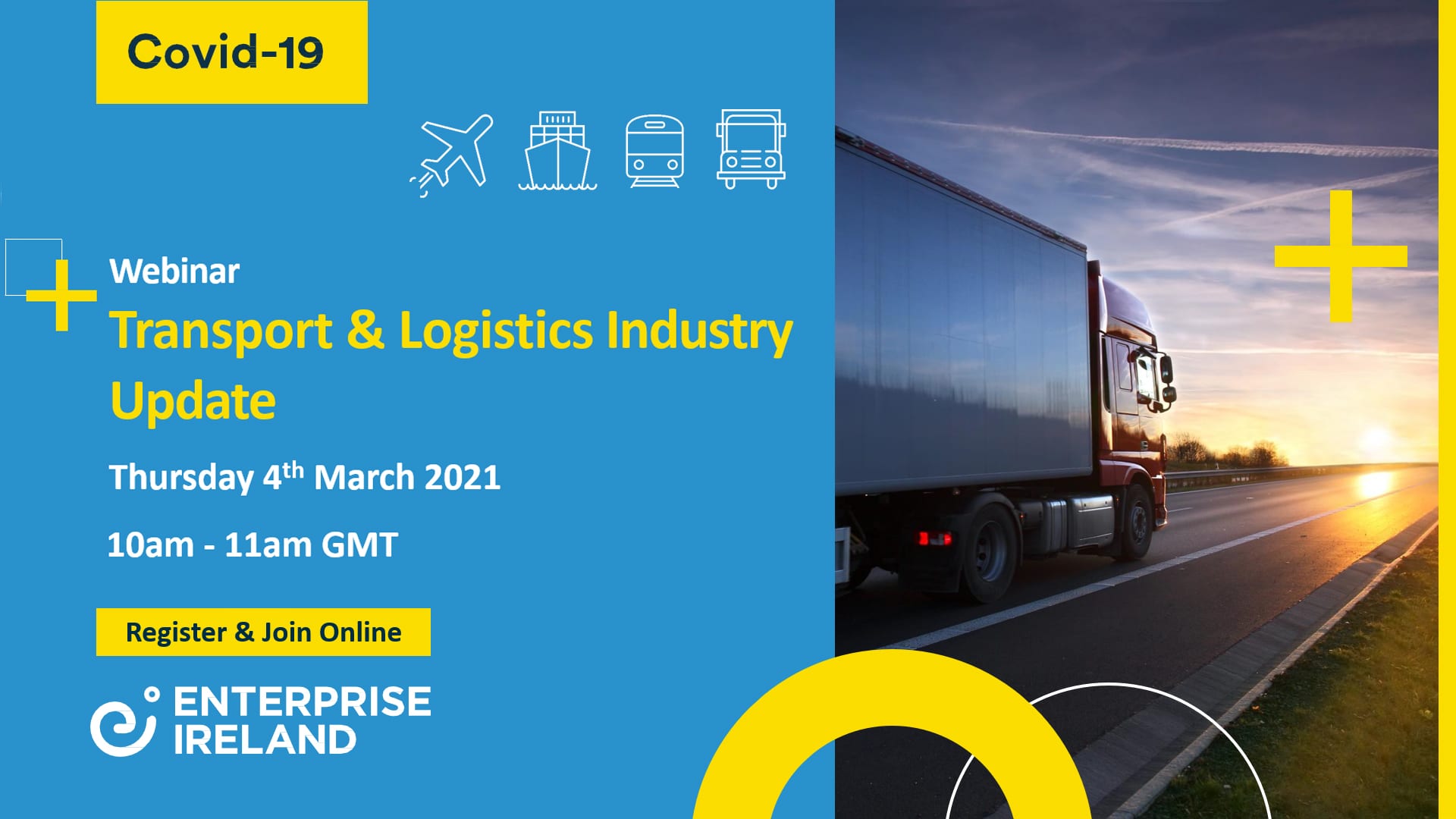


 Firefly looked at various grant schemes from different organisations before deciding to apply to
Firefly looked at various grant schemes from different organisations before deciding to apply to 

 With the help of
With the help of 


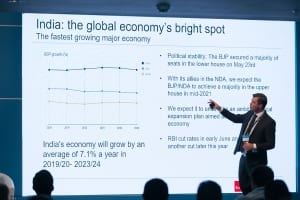
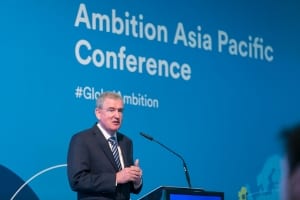 For Irish businesses looking at these markets, either as part of their supply chain or as end markets, it’s worth keeping an eye on regulatory initiatives in relation to either, he said.
For Irish businesses looking at these markets, either as part of their supply chain or as end markets, it’s worth keeping an eye on regulatory initiatives in relation to either, he said.
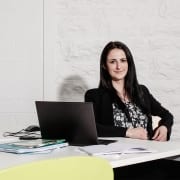
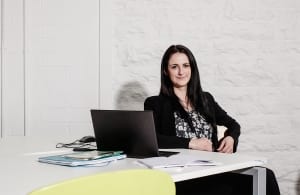
 “I found myself spending far too much time on trying to manage these dressings. The straw that really broke the camel’s back was when I attended a friend’s hen party and was talking to the groom’s mother. I was shaking her hand and a dressing just fell out of my dress. I always had this idea to develop some sort of solution and that just spurred me on to really find something that worked for HS patients.”
“I found myself spending far too much time on trying to manage these dressings. The straw that really broke the camel’s back was when I attended a friend’s hen party and was talking to the groom’s mother. I was shaking her hand and a dressing just fell out of my dress. I always had this idea to develop some sort of solution and that just spurred me on to really find something that worked for HS patients.”


 solving the problem. “We launched initially onto the Irish market, and had some really excellent, brave and innovative pharmacists in Ireland who understood the benefits of such a system and took it on at an early stage. We have 30 people on our team now, and we are constantly evolving the system, keeping our ears to the ground for changes in regulations and responding to feedback and new requirements from users.”
solving the problem. “We launched initially onto the Irish market, and had some really excellent, brave and innovative pharmacists in Ireland who understood the benefits of such a system and took it on at an early stage. We have 30 people on our team now, and we are constantly evolving the system, keeping our ears to the ground for changes in regulations and responding to feedback and new requirements from users.”
